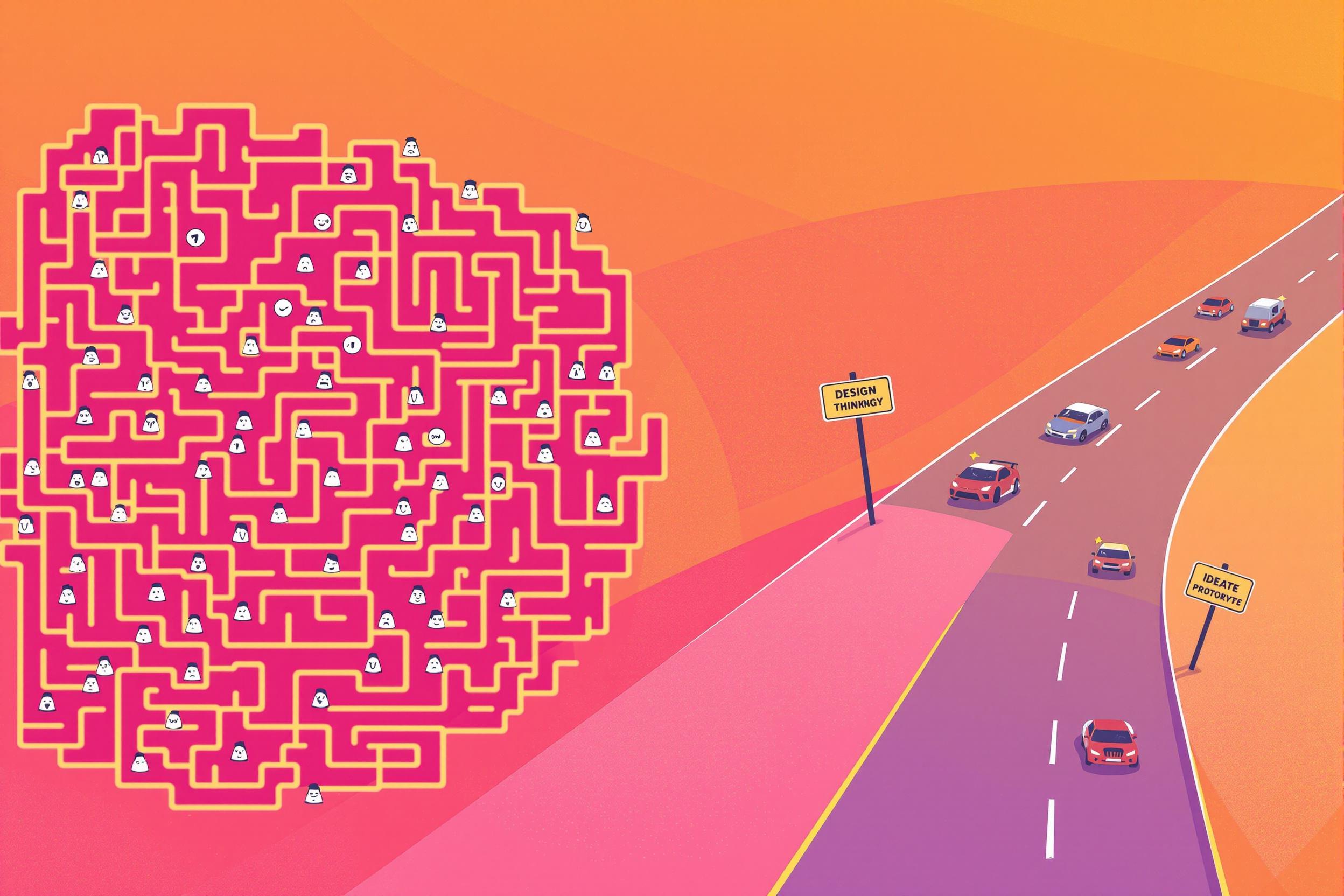
Look Development
Look Development, often called "LookDev" in the industry, is the process of defining how things will appear in movies, animations, or visual effects. It's like being an digital artist who decides the visual style, colors, textures, and lighting of computer-generated (CG) elements. Think of it as creating the "recipe" for how characters, objects, or environments should look to match the director's vision. This role bridges the gap between concept art and final production, ensuring that computer-generated elements look realistic or stylistically appropriate for the project.
Examples in Resumes
Created realistic material properties and lighting for characters using Look Development techniques
Led LookDev team for major animated feature film, establishing visual style guides
Developed Look Development solutions for integrating CGI elements with live-action footage
Typical job title: "Look Development Artists"
Also try searching for:
Where to Find Look Development Artists
Online Communities
Events & Conferences
Professional Networks
Example Interview Questions
Senior Level Questions
Q: Can you describe a challenging Look Development project you managed and how you solved any issues?
Expected Answer: Look for answers that demonstrate leadership in handling complex projects, like creating consistent looks across multiple characters or environments. They should mention how they coordinated with other departments and solved technical or artistic challenges.
Q: How do you ensure consistency in look development across a large project with multiple artists?
Expected Answer: Strong answers will discuss creating style guides, establishing workflows, mentoring junior artists, and implementing quality control processes to maintain visual consistency.
Mid Level Questions
Q: How do you approach matching CG elements to live action footage?
Expected Answer: Should explain how they analyze real-world reference materials, match lighting conditions, and ensure materials look realistic within the scene context.
Q: What's your process for creating and documenting material libraries?
Expected Answer: Should describe organizing and maintaining reusable materials, documenting properties, and ensuring efficient access for team members.
Junior Level Questions
Q: What software tools have you used for Look Development?
Expected Answer: Should be familiar with common 3D software like Maya, Houdini, or similar, and understand basic principles of materials and lighting.
Q: How do you gather reference materials for a new project?
Expected Answer: Should demonstrate understanding of collecting and organizing reference images, materials, and lighting examples to guide their work.
Experience Level Indicators
Junior (0-2 years)
- Basic understanding of materials and textures
- Knowledge of common 3D software
- Basic lighting principles
- Ability to follow established style guides
Mid (2-5 years)
- Creating complex materials and shaders
- Matching CG to live action
- Understanding of color theory
- Efficient workflow management
Senior (5+ years)
- Leading look development teams
- Establishing visual style guides
- Problem-solving complex technical issues
- Managing large-scale projects
Red Flags to Watch For
- No portfolio or visual examples of work
- Lack of knowledge about current industry software
- Poor understanding of color and lighting principles
- No experience with proper file management and organization
Need more hiring wisdom? Check these out...

Refining Job Descriptions to Expand Applicant Pools: Casting a Wider Talent Net

Why Your Hiring Process is a Maze (And How Design Thinking Can Turn It into a Superhighway)

How Internal Gig Marketplaces Revolutionize Employee Development

